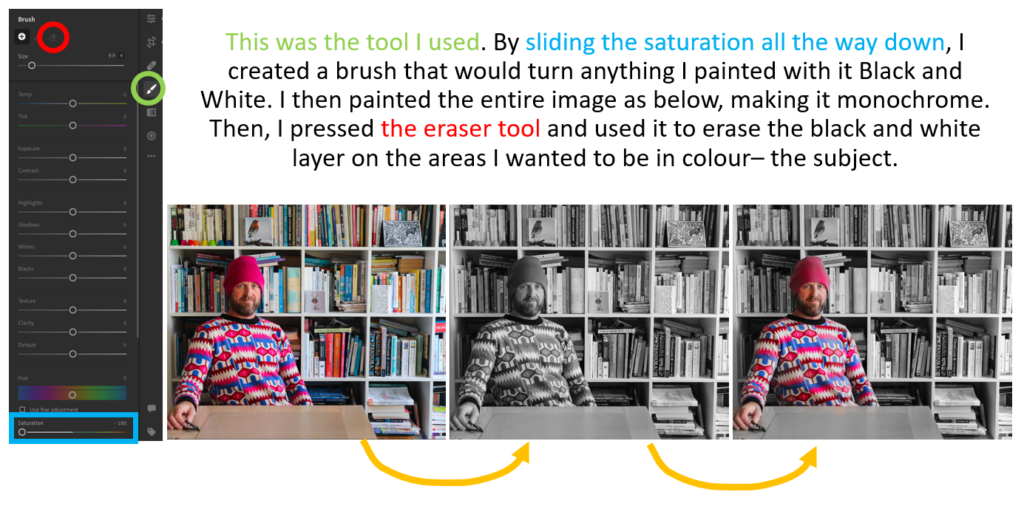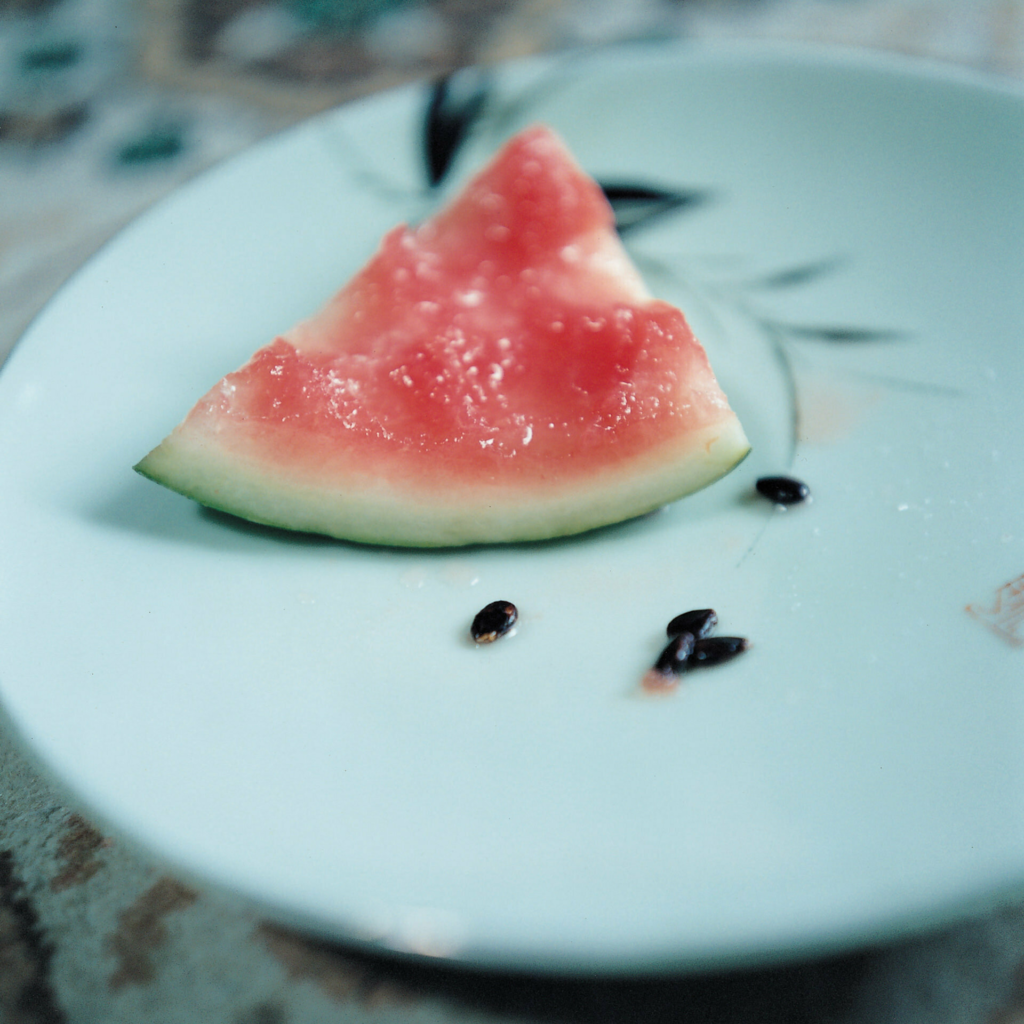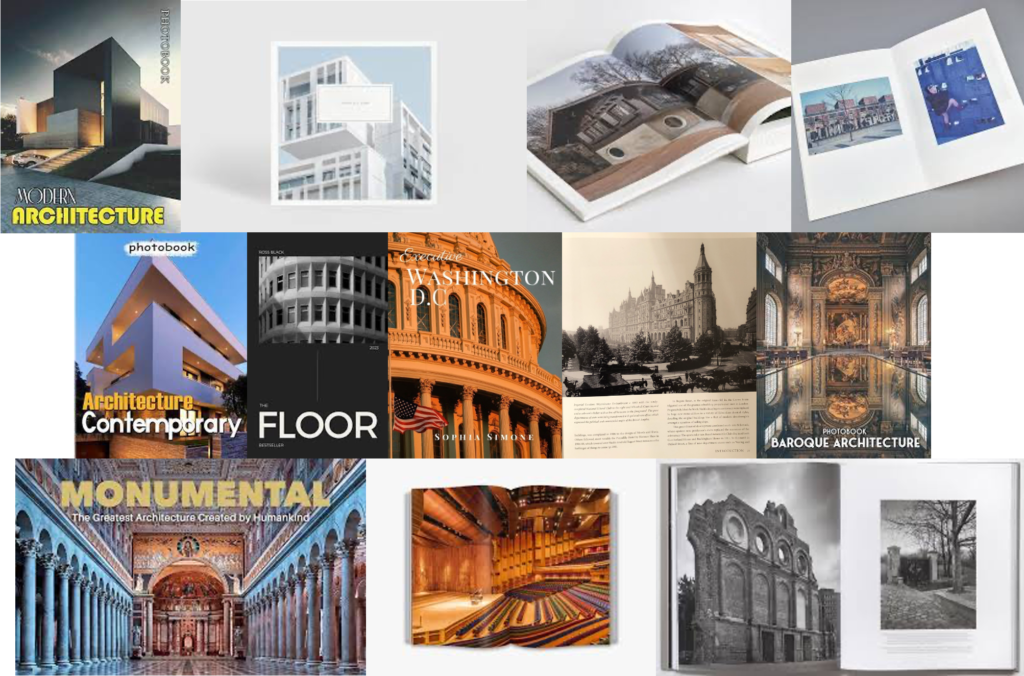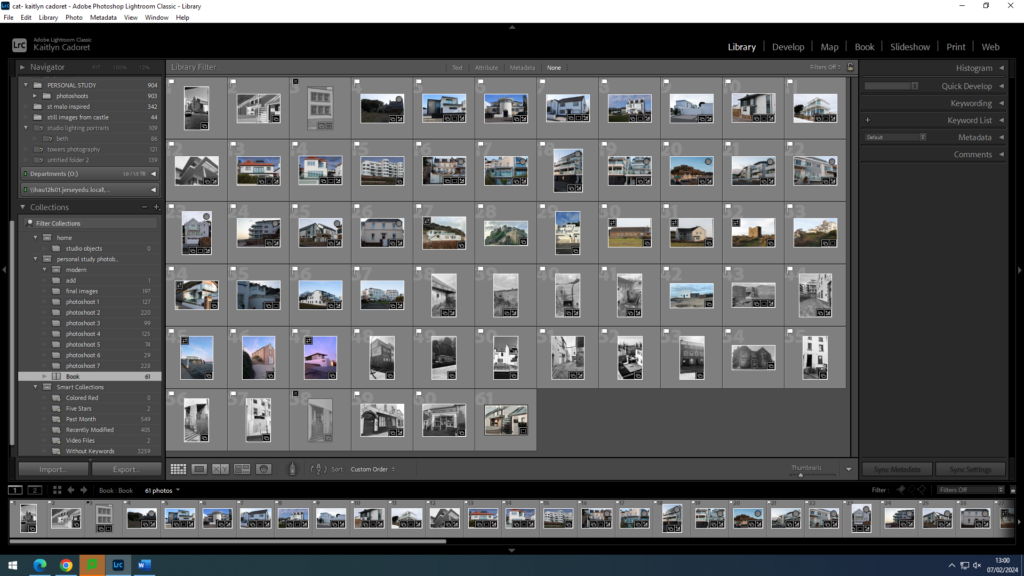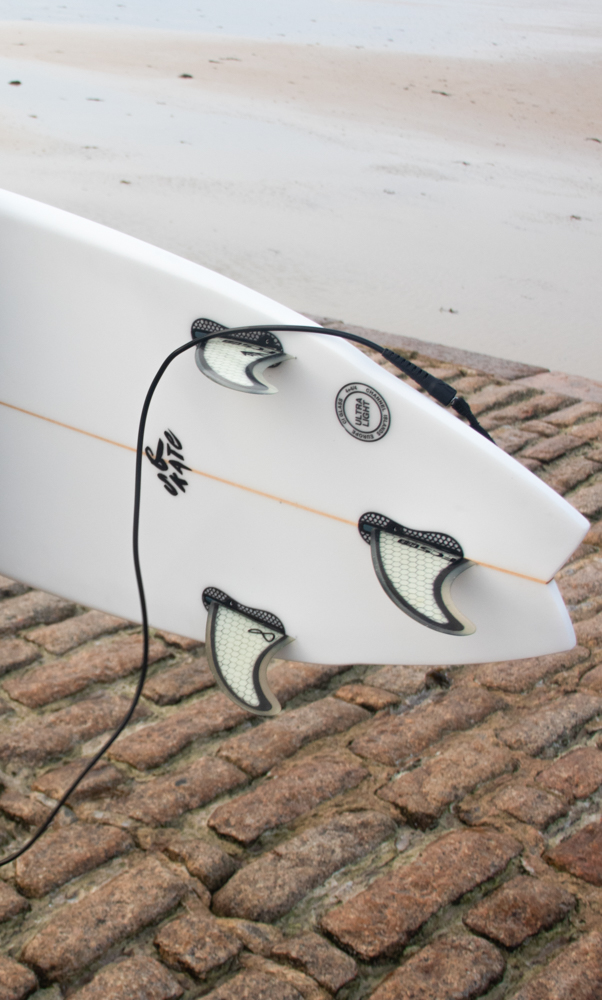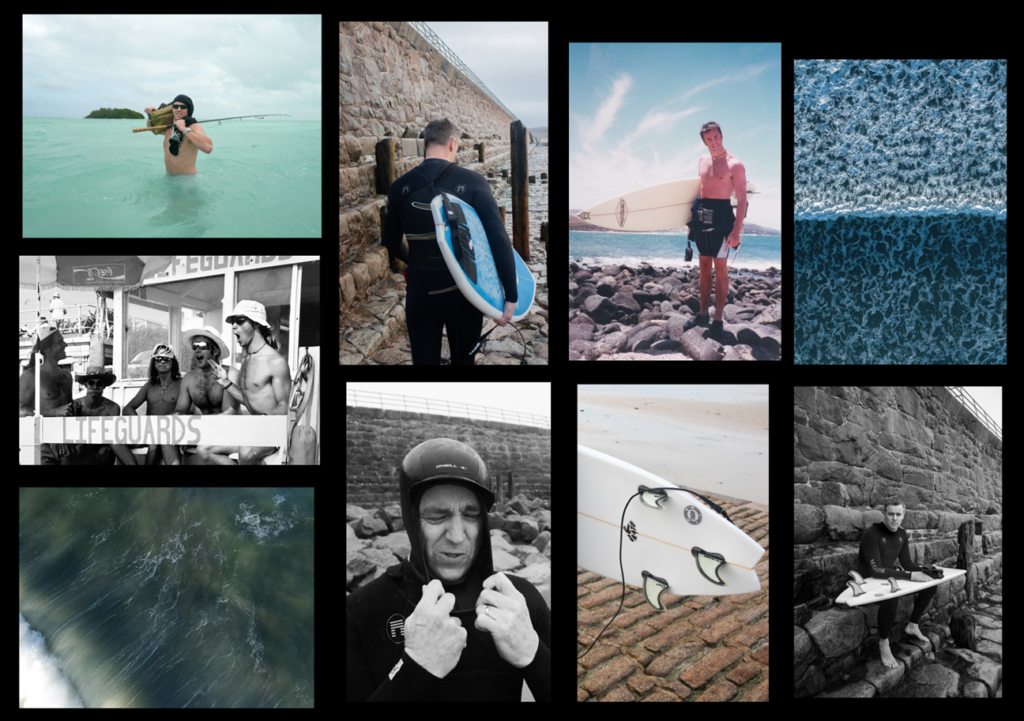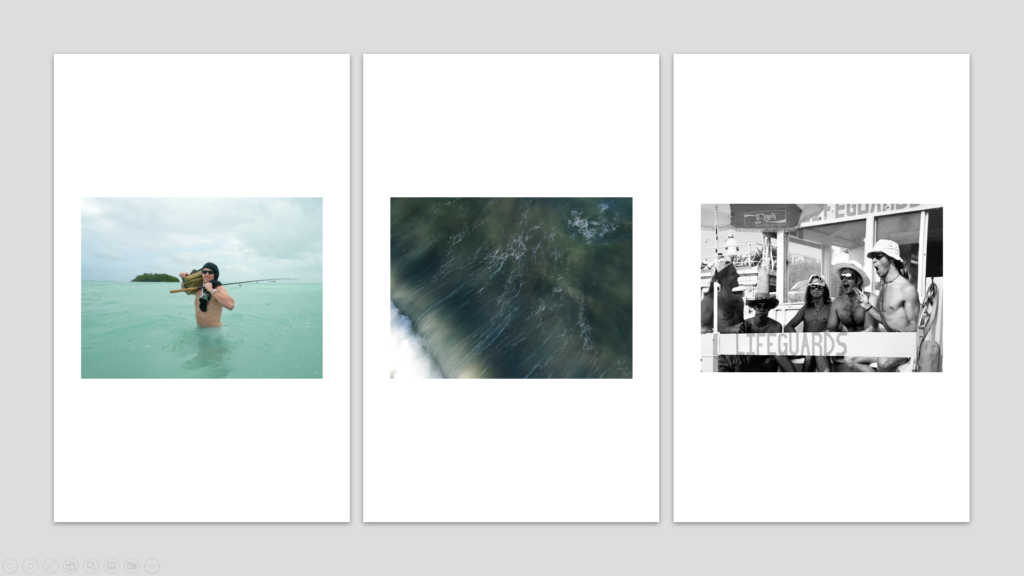“At once child and adult, innocent and sexual, protected and vulnerable, threatened and threat, in the shadows and spot-lit, girlhood occurs as a kind of ongoing moment between two reactive states.” – Claire Marie Healy (2023), ‘Girlhood’
Youth is a time of discovery and self-exploration, marked with a sense of vulnerability and curiosity; whereas femininity encompasses concepts associated with being female, linking emotions and experiences that are unique to women. Despite them being two very different concepts, each helps define the other as every girl grows into a woman. As a result, there has always been a fascination with the teenage years of girls, especially in the 21st century after the rise of social media and the ever-growing list of societal pressures, but the way teenage girls act, dress, speak, or react is still regularly questioned. Two photographers who have explored this in their work are Justine Kurland and Petra Collins, through their images they invite viewers to reflect on their own experiences and perceptions of girlhood while challenging societal norms and expressing their thoughts about the complexities of growing up as a girl.
In an article with ArtForum, Justine Kurland spoke about her inspirations, “I’m always thinking about painting: nineteenth-century English picturesque landscapes and the utopian ideal, genre paintings, and also Julia Margaret Cameron’s photographs. I started going to museums at an early age, but my imagery is equally influenced by illustrations from the fairy tales I read as a child.” – Meghan Dailey (2000), ‘1000 words: Justine Kurland’. Kurland credits a lot of her innovation to Neo-romanticism, an art movement that originated in the 20th century as a reaction against the dominant trends of modernism, it seeks to capture a sense of nostalgia, longing, and idealism; it draws inspiration from the romantic movement of the 19th century which emphasised emotion, individualism, and a connection to nature. Kurland’s photography often features young women in dreamlike and natural settings, her images evoke a sense of exploration and innocence. She uses natural light and soft colours which adds to the romantic and nostalgic atmosphere of her photographs. Whereas Petra Collins’s photographs depict young women in intimate moments, she incorporates elements of surrealism, creating dreamlike qualities that align with the Neo-romantic aesthetic.
Born in New York in 1969, Justine Kurland is a renowned contemporary photographer who is known for her captivating images that explore the themes of youth and femininity. Kurland’s images often depict girls and young women in natural surroundings such as forests, fields, and abandoned urban areas. She seeks to capture the moments of freedom, curiosity, and self-discovery of the girls while still holding onto the innocence of youth in hopes of challenging traditional gender roles and societal expectations placed on young girls. Part of her art is the expression of strength and resilience in her subjects, she portrays them as active agents rather than passive objects. Utilising unconventional situations, Kurland offers a unique perspective on the experiences of young individuals as they navigate their surroundings and identities. Her famous book “Girl Pictures” address the complexities and contradictions of growing up in a society that simultaneously idealises and restricts girls, she highlights different themes of rebellion, vulnerability, and friendship throughout the series of images. The photobook follows American runaway girls as they explore their newfound freedom; the images are visually striking and can allude to a dreamlike aesthetic. Natural light and careful composition are all taken into consideration as a way of creating a powerful visual narrative that invites viewers to reflect on their own experiences of youth and femininity. All the images were taken between 1997 and 2002 yet they feel timeless, Justine got young girls to pose as runaways under highway underpasses or next to neglected lakes, she named them her “standing army”. In an interview with AnOther, Kurland described why she felt it was so important for her to create these images, “– you can create a world for yourself, one that’s bearable to live in. I built on and corrected some of the tropes surrounding the representation of teenagers; these pictures were not solicitous renditions of hypersexualised children.” – Belle Hutton (2020), ‘Girl Pictures: The Story Behind Justine Kurland’s Teenage Runaways Series’

Another photographer whose work delves into the realms of youth and femininity is Petra Collins, born in 1992. Her images and concepts offer a unique perspective on the challenges and experiences faced by young women in today’s society. Collins focuses more on identity, body image, and sexuality while capturing moments that challenge conventional beauty standards. She heavily critiques the ‘male gaze’ and objectification of women and instead uses her work to reclaim agency over female representation. The images question and challenge the norms that have arisen from social media, advertising, and fashion along with encouraging viewers to question their preconceived notions. Through tackling societal issues, she also incorporates the themes of mental health and vulnerability, her images often depict young girls in moments of weakness, and resilience, but also self-discovery as she aims to create a space for reflection. The visually captivating and thought-provoking images that Collins creates are infused with a sense of nostalgia; she incorporates elements of fashion, surrealism, and pop culture while using lighting and colour to enhance the emotional impact of her work. My favourite collection from the Canadian photographer is “The Teenage Gaze”, it includes intimate portraits shot from 2010-2015 of teenage life from a creative adolescent perspective, it is a stereotype-free view of young girls which portrays the raw and unfiltered spirit of girlhood. The expression of her art is built on moments of joy, vulnerability, confusion, and rebellion in a transformative phase of life. Collins spoke about her inspirations in an interview with Vogue, “My goal is just to create images that generate a conversation about things that aren’t spoken about. I want to change the ways young girls look at themselves and the way women at large are looked at…. So, when I was 15 and started working, it was a time when I was going through puberty, and beginning to discover my sexuality and photography and film were a means of working that out.” – Gabriella Karefa-Johnson (2014), ‘Petra Collins on Her New Photography Show “Discharge,” Teenagedom, and the Female Gaze’.

Justine Kurland and Petra Collins explore youth and femininity in their work by rewiring the view on teenage girls, they steer far away from stereotypes without their work being too out of the ordinary. They both depict the realities of growing up as a teenage girl without the sexualisation, instead challenging societal expectations placed on young girls. While Kurland’s work evokes a sense of nostalgia and romanticism, Collins focuses more on identity and body image while critiquing the ‘male gaze’ and the objectification of women. Through their images, these photographers invite viewers to reflect on their own perspectives and experiences of girlhood, while encouraging them to challenge societal norms and pressures that continue to shape the lives of young women today.
Bibliography
- Dailey, M. (2020) ‘1000 words: Justine Kurland’. ArtForum: https://www.artforum.com/features/1000-words-justine-kurland-162362/ (accessed Feb 2024)
- Healy, C. M. (2023) ‘Girlhood’, London: Tate Enterprises Ltd.
- Hutton, B. (2020) ‘Girl Pictures: The Story Behind Justine Kurland’s Teenage Runaways Series’. AnOther: https://www.anothermag.com/art-photography/12463/justine-kurland-girl-pictures-aperture-rebellious-teenagers-the-runaways-book (accessed Feb 2024)
- Karefa-Johnson, G. (2014) ‘Petra Collins on Her New Photography Show “Discharge,” Teenagedom, and the Female Gaze’. Vogue: https://www.vogue.com/article/petra-collins-photography-show-discharge-teenagedom-female-gaze (accessed Feb 2024)
- Koons, J (2022) ‘Neo-Romanticism: History, Characteristics, and Notable Artists’. MasterClass: https://www.masterclass.com/articles/neo-romanticism (accessed Feb 2024)
- Kurland, J. (2020) ‘Girl Pictures’. New York: Aperture. https://aperture.org/featured/justine-kurland-girl-pictures/ (accessed Feb 2024)

